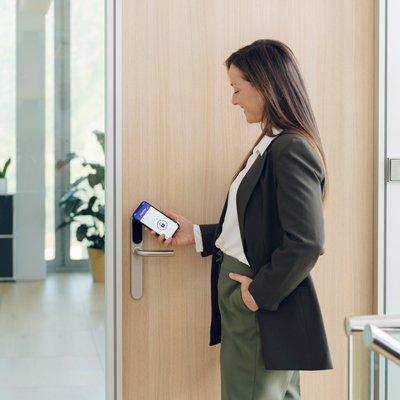 |
| Traka anticipates over 50 prisons to have installed the new key management system by 2015 |
Traka, the intelligent access management systems company, has secured a £5 million, four-year national call-off contract with the Ministry of Justice to provide UK public sector prisons with secure biometric key and radio management systems.
Most prisons currently use a manual dispensing and depositing system to manage prison keys and radios. Traka’s new system means keys will be accessed, monitored and audited electronically, saving time and improving security.
Prisons implementing the system will see keys stored within secure cabinets, accessed by bio-metric fingerprint matching. Each keyset is equipped with an intelligent Key iFob®, which is tracked by Traka’s Key and Asset Management software and provides extensive management reporting and tracking capabilities. The system can also be integrated with a range of security procedures in order to deliver a comprehensive multi-layered security solution.
Traka’s system has already been installed in 17 public and private prisons, and 40 secure and psychiatric hospitals.
Ian Mulholland, Deputy Director of Custodial Services, HMPS Business Development Group and Wales said, “The distribution and auditing of security keys is a vital part of the smooth and secure operation of any prison. We need to know where every key is at all times to ensure security. This new implementation will enhance security, streamline and standardise processes across prisons, and assist officers to make better and more effective use of their time. Having proven itself in a number of individual deployments, Traka’s innovative and unique solution is one that we are keen to see deployed in HM Prisons.”
"The HM Prison Service is now embracing a 21st century approach to key security using Traka’s sophisticated systems to ensure everything is done to keep our prisons secure..." |
Electronic key management can result in significant cost savings from averting the potentially high cost of replacing keys and locks in the event of a compromise, and from reducing the number of key sets held due to Traka’s monitoring and reporting functions.
John Kent, Traka chairman and founder, added, “Most prisons’ traditional approach towards ac-cessing, monitoring and auditing keys are quite time consuming. The HM Prison Service is now embracing a 21st century approach to key security using Traka’s sophisticated systems to ensure everything is done to keep our prisons secure. It’s great to see the British government turning to a British manufacturer for innovative solutions in a challenging climate.”
The contract’s roll out comes into being with immediate effect, with implementation into a number of sites to be complete by April 2012. Each prison implementation normally takes eight working days and Traka anticipates over 50 prisons to have installed the new key management system by 2015. There are 146 public sector prisons in the UK.


















